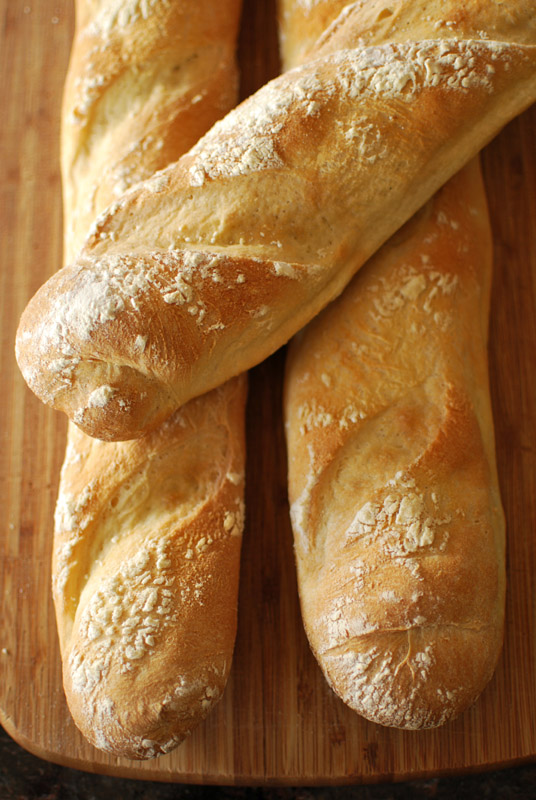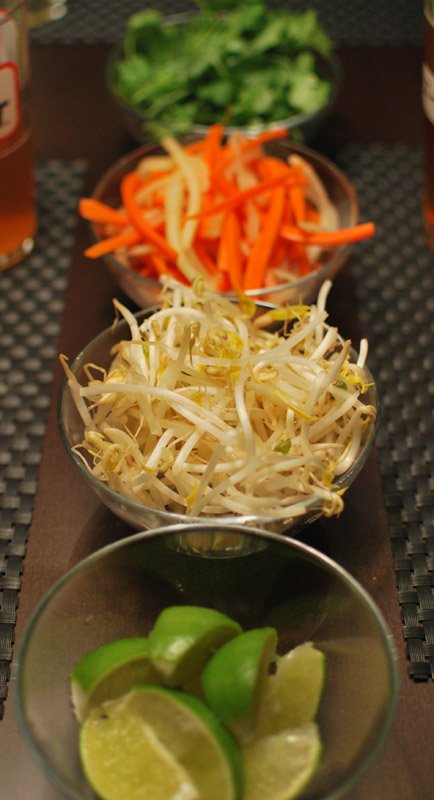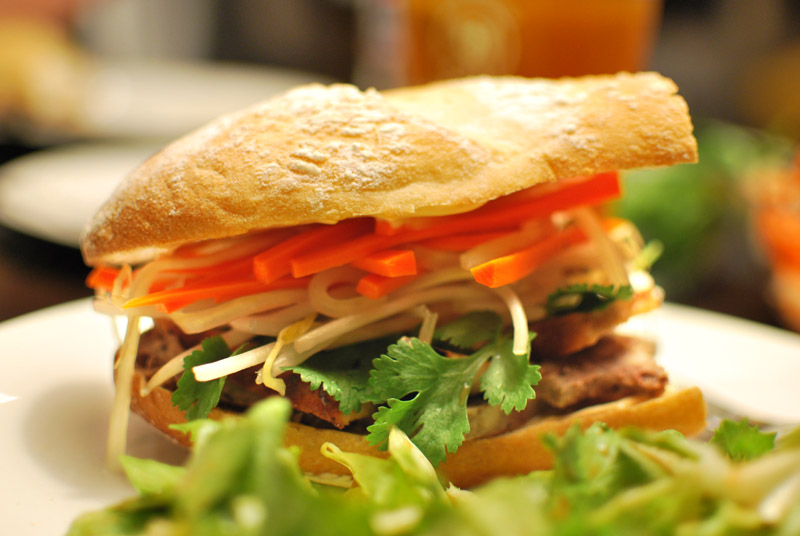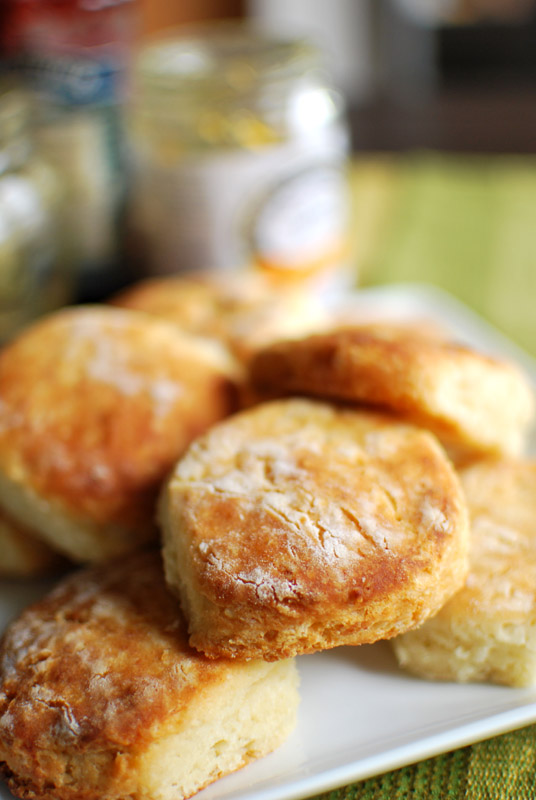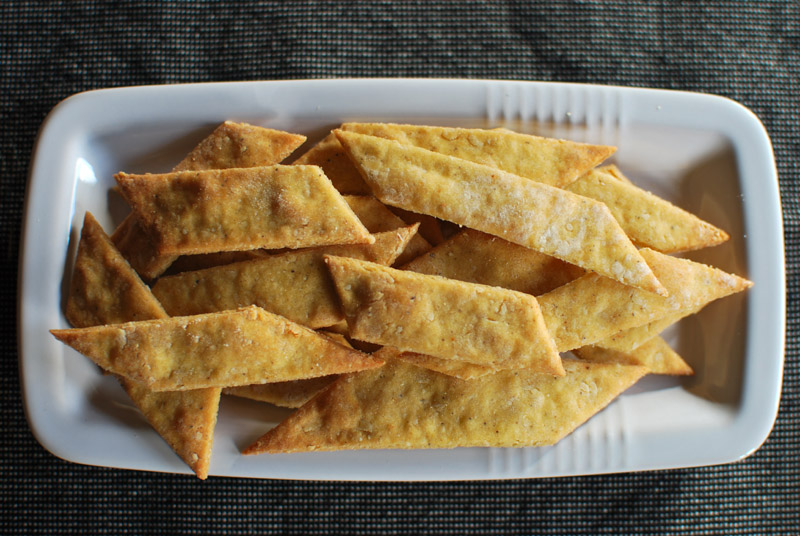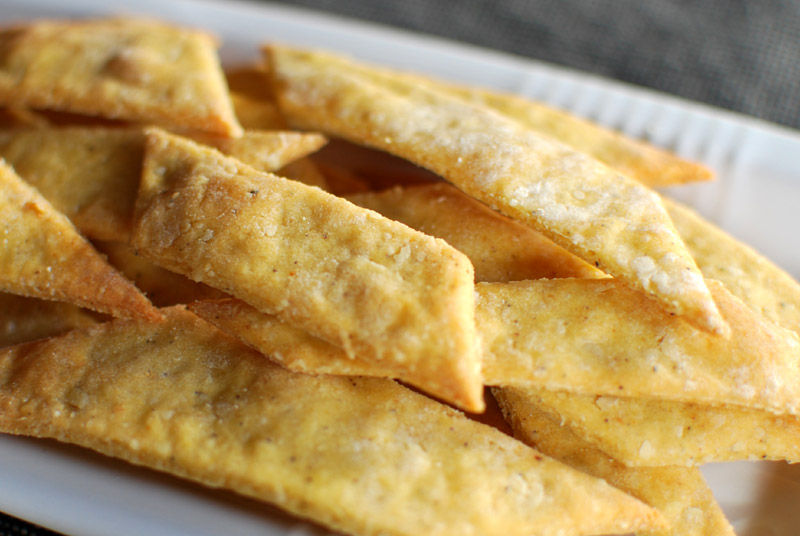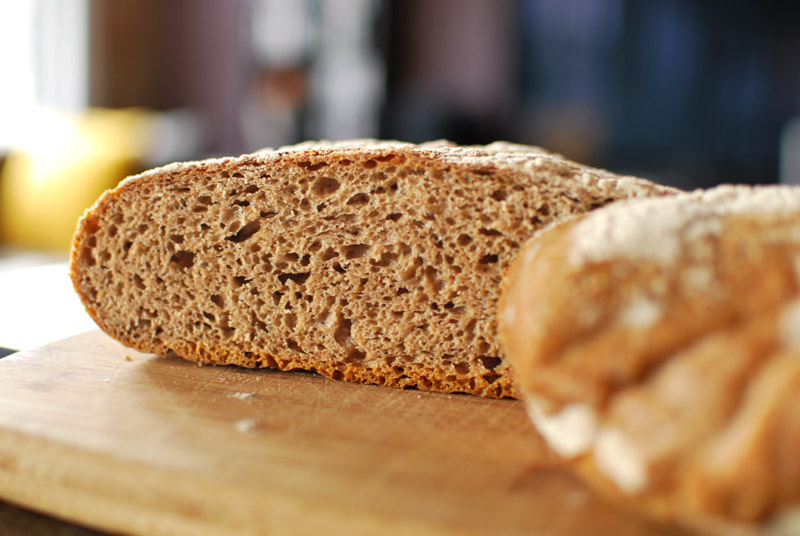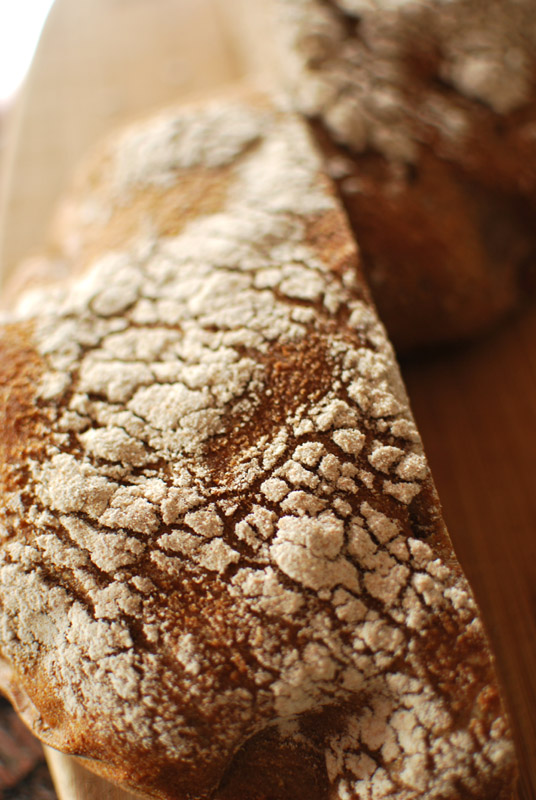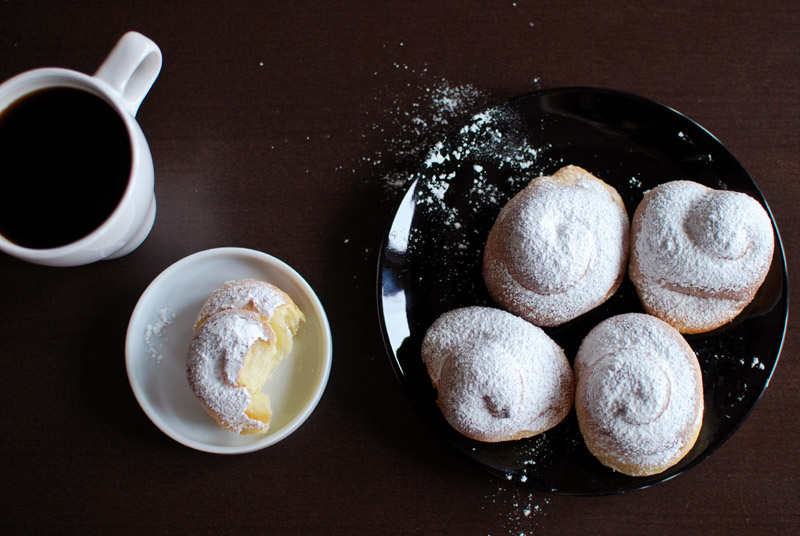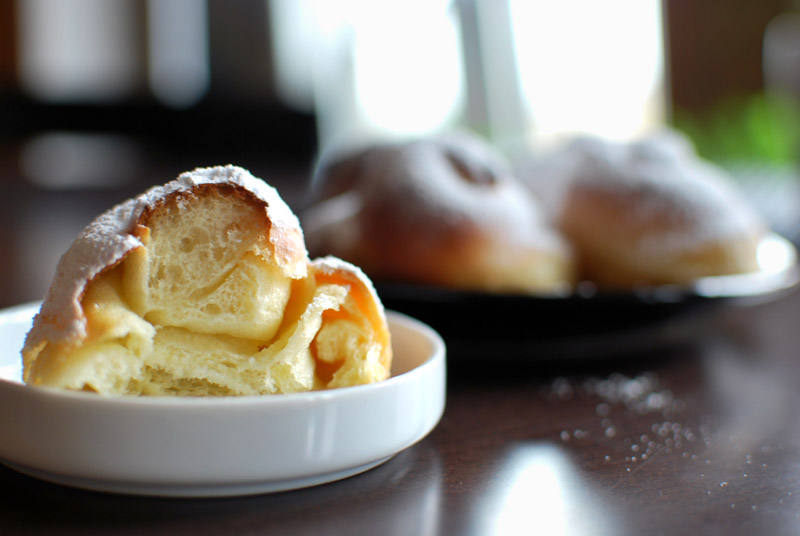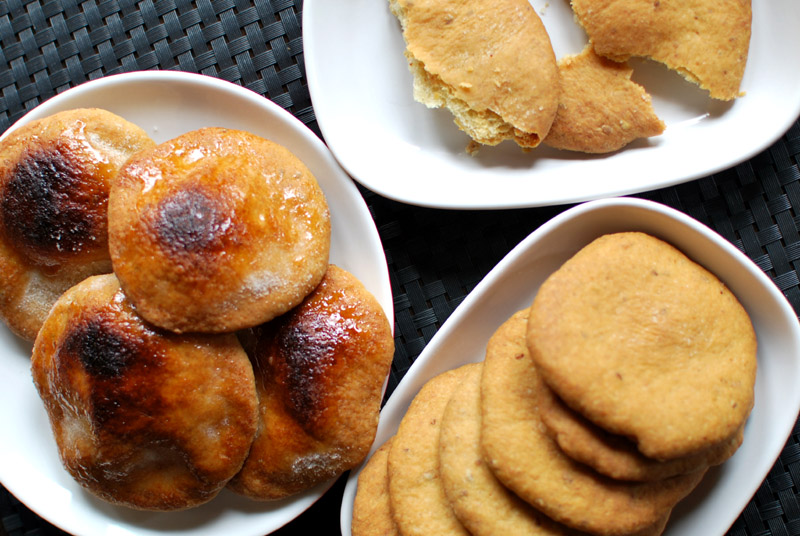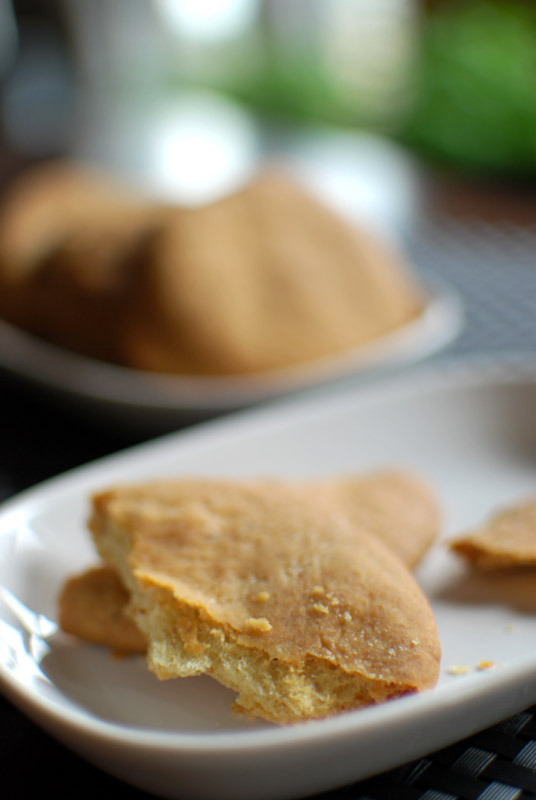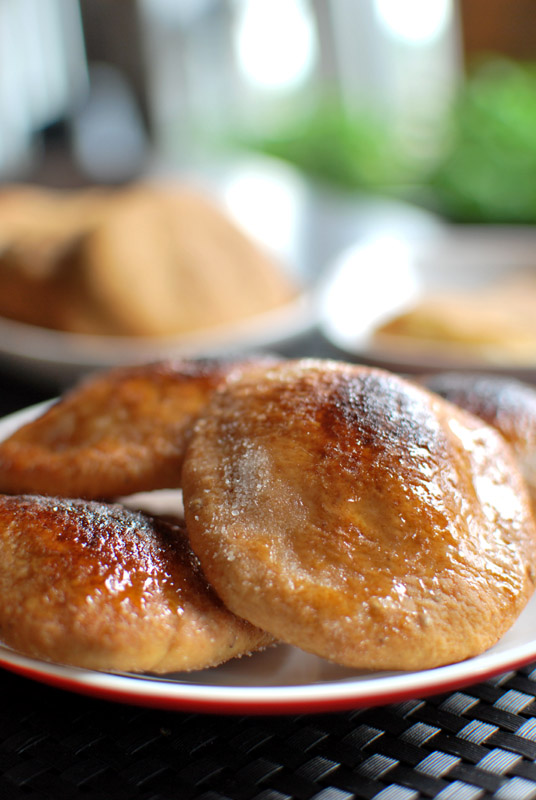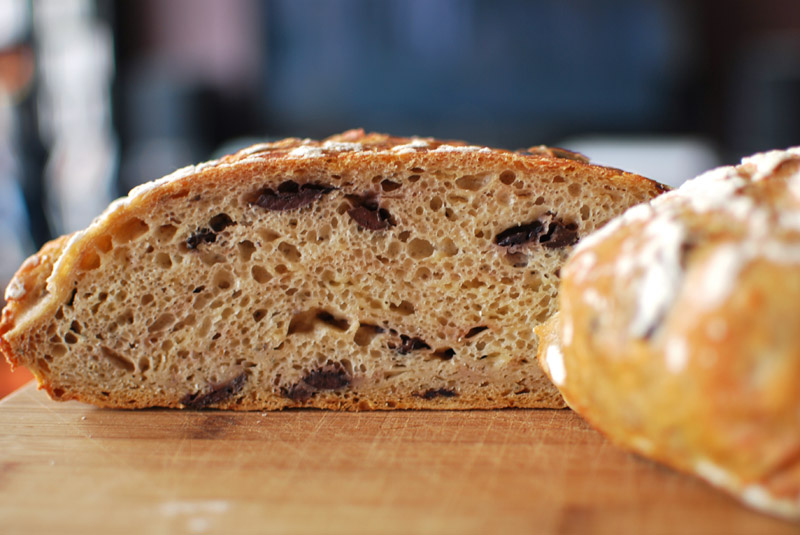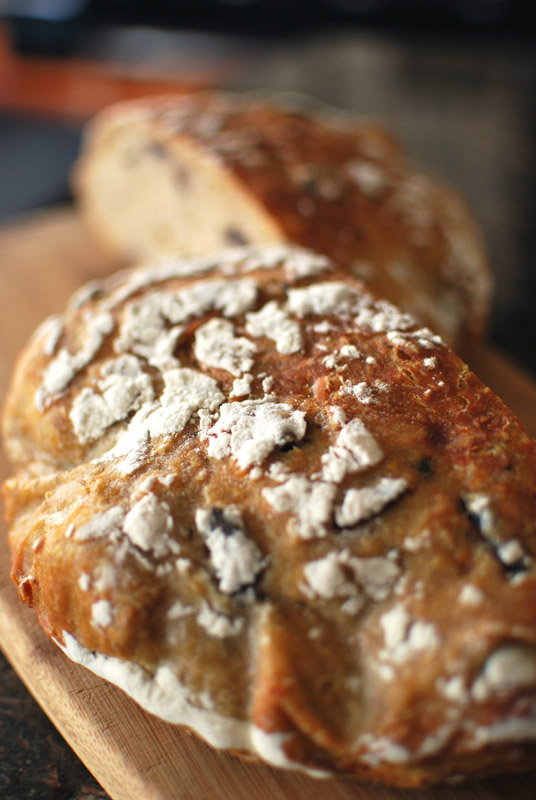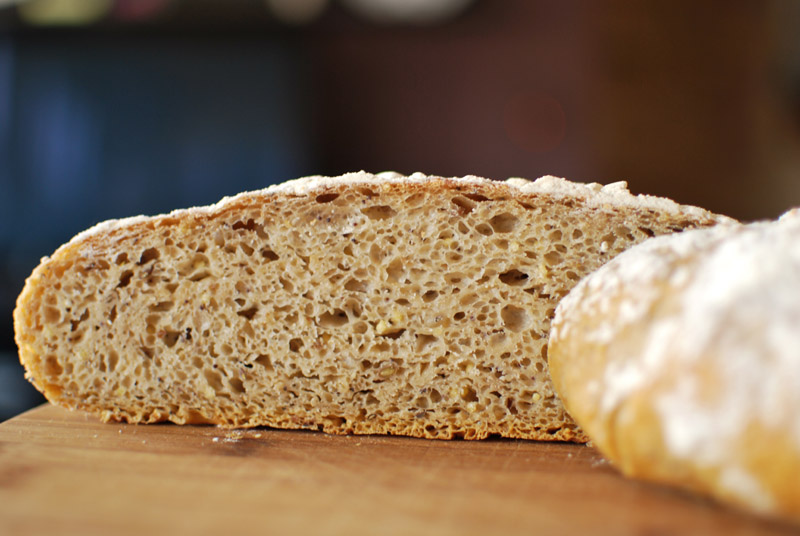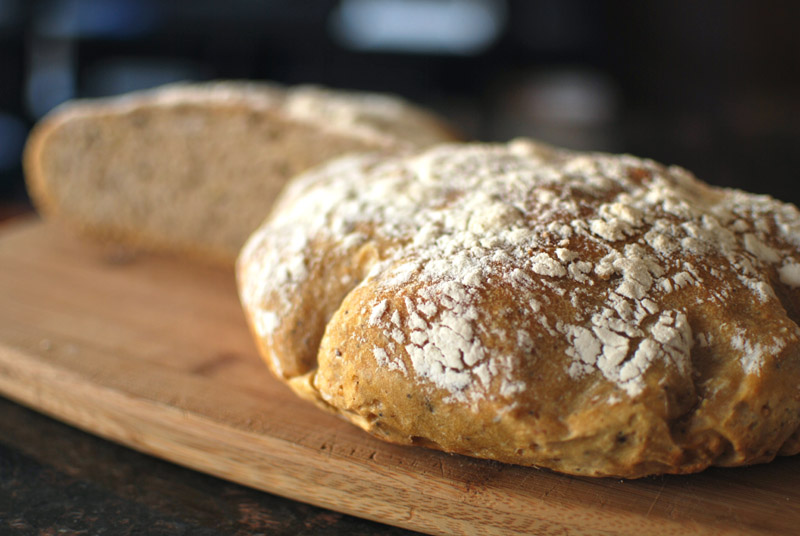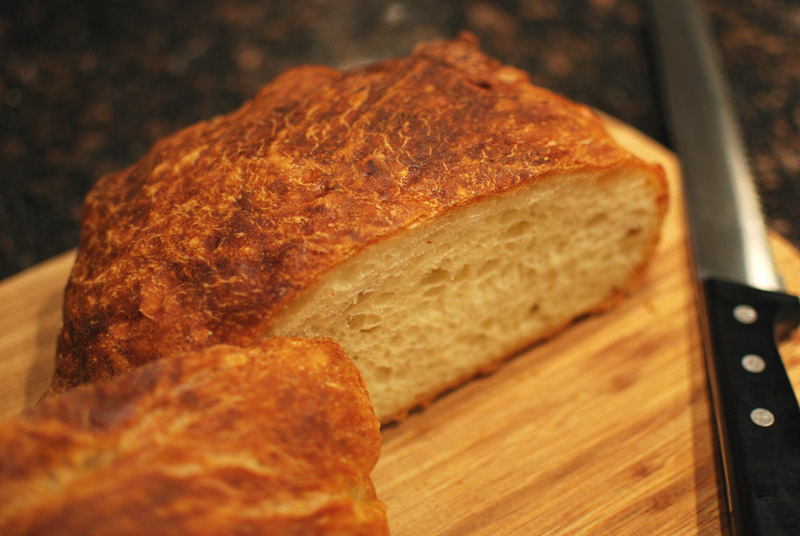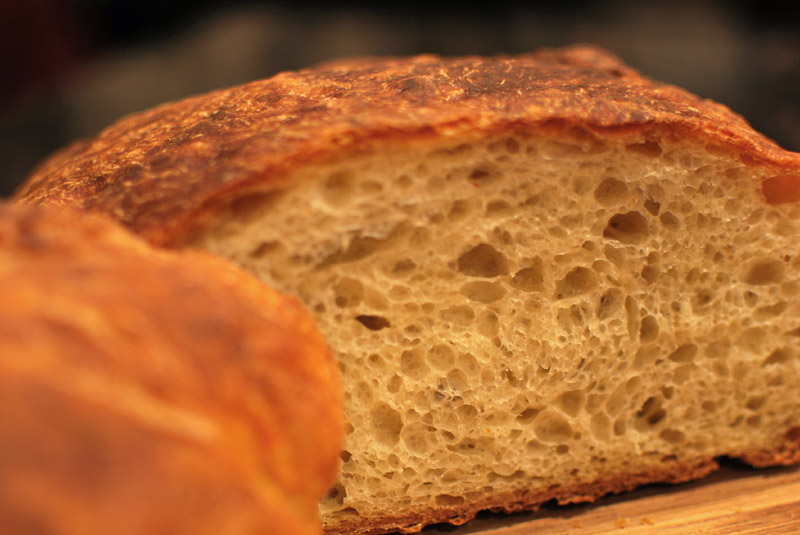Week Forty-One: German Breads
This week, I’ll be exploring the wide, wide world of German breads. You may not think of Germany as a particularly bread-loving country, as much attention as is justly directed towards their beer and sausages, but this is a country that boasts over 1200 specific varieties of bread.
Situated directly on the line between Eastern and Western Europe, German breads draw inspiration from both directions, though they more generally resemble those of Eastern Europe. They tend to be a very grainy lot, high in fiber, and hearty enough to match up to the two aforementioned superstars of German cuisine. Lest you think the bread is simply there in a supporting role, let me remind you that a German word for “dinner” – abendbrot – literally translates to “evening bread”. Now who’s supporting who?
Like much of Eastern Europe, rye is a major ingredient in bread in Germany, which brings us to today’s bread. Arguably, there can hardly be a more famous or beloved example of rye bread than pumpernickel. Before you cry foul and shriek, “But what about rye bread?!”, let me remind you that pumpernickel is rye. The difference is that so-called “rye bread” is made with what is essentially white rye flour, and is therefore lighter in texture and taste.
Pumpernickel, on the other hand, is made with a coarsely-ground whole-grain rye flour (coaser even than standard whole wheat flour), which results in a heartier, far more robust bread. The bread is so popular that the flour has taken its name from the bread, rather than the other way around, as is more typical of panary nomenclature.
There seems to be very little middle ground where pumpernickel is concerned; you either love it or hate it. Devotées of pumpernickel tend to be a die-hard lot, and are further split into two camps: the fans of the fluffier yeast-leavened stuff, often found in delis, or the zealots who crave the more traditional Westphalian pumpernickel, that dense and chewy brick found on the dustier shelves of the “International Foods” aisle at the grocery store. Having already made the latter, today I’m focusing on the former.
A major characteristic of the average pumpernickel bread is its dark, nearly black color. Historically, this coloring comes from very long, slow baking that caramelizes the sugars in the flour, as in Westphalian pumpernickel. To replicate that dusky bitterness in a yeast-leavened, faster-cooking bread, bakers often use caramel coloring (made from burnt-black sugar), cocoa, instant coffee, or a combination. This does, of course, affect the flavor of the loaf, obscuring the flavor of the grain used.
As a side note, rye breads taste their best (for various technical reasons) when a long and slow sourdough process is used. A faster loaf may be produced, but the flavor is never nearly as good. And so, in the case of most commercially-produced (read: fast) pumpernickels, the obfuscation of flavor is not necessarily a bad thing. But if you’ve taken the time to nurture your dough, giving it the time it needs to produce all those complex and gorgeous flavors, why on Earth would you subject it to the indignity of scorched caramel?
You see now why my pumpernickel is quite light in color, compared to store-bought types. The flavors produced by the overnight starter would be done a disservice if the color were darker (though there is a touch of cocoa powder added to help deepen the color and add a little bitterness). The overall result is quite delicious, deeper and earthier than regular rye bread, with a fantastically complex range of flavors. It slices easily, has an even crumb, and the crust is not too hard nor too soft, making it ideal for sandwiches (as God intended).
This bread has a really excellent flavor, though I did take shortcuts with the original recipe (which took 6 days!; I don’t have that long). I’m sure the original, as written, produces truly amazing and life-changing bread; but I dare suggest that if you’re treating your pumpernickel right, piling it with corned beef and sauerkraut from here to next week, that subtlety would be a bit lost. This loaf has a sophisticated enough flavor to please the discriminating epicure, but remains rustic and simple enough to pair beautifully with a Beck’s. If that’s not Deutsch, then I don’t know what is.
Pumpernickel
Adapted from The Bread Baker’s Apprentice, by Peter Reinhart
Makes 2 loaves
For starter:
5 1/4 ounces (1 cup plus 2 tablespoons) unbleached bread flour
4 1/2 ounces (1 cup) pumpernickel (dark rye) flour
1/4 teaspoon instant yeast
1 cup water, at room temperature
For final dough:
9 ounces (2 scant cups) unbleached bread flour
2 tablespoons brown sugar
1 tablespoon unsweetened cocoa powder (see note 1 below)
1 1/2 teaspoons salt
1 1 /4 teaspoons instant yeast
2 tablespoons vegetable oil
1/2 cup water, at room temperature
1. To make starter, whisk all ingredients together in a medium bowl. Cover with plastic wrap, and let stand at room temperature 4 to 5 hours, or until bubbly. Refrigerate, for up to 3 days.
2. To make the final dough, let the starter come to room temperature for at least 1 hour before proceeding. In the bowl of a stand mixer, whisk together the flour, sugar, cocoa, salt, and yeast. Add all the starter, the oil, and water. Mix at low speed for 4 to 5 minutes, or until well-combined and smooth. The dough should be tacky, but not sticky. If needed, add additional flour or water to achieve the proper consistency.
3. Transfer the dough to a large lightly-oiled bowl. Cover tightly with plastic wrap and let sit at room temperature for 2 hours, or until doubled in size.
4. Line a large baking sheet with parchment paper. Turn the dough out onto a lightly-floured surface, deflating gently. Divide into two equal halves, and shape into oblong loaves. Transfer to the prepared baking sheet, seam-side down, and cover loosely with lightly-oiled plastic wrap. Let sit at room temperature for 90 minutes, or until 1 1/2 times larger in size. Thirty minutes before baking, preheat the oven to 450º F. If you have a baking stone, heat it along with the oven.
5. Using a razor blade or sharp serrated knife, slash the loaves gently but decisively, in whatever pattern you like. Do not press into the dough; let the weight and sharpness of the blade cut through the dough. Spray or sprinkle the loaves with water, and transfer to the oven (on the baking stone, if using). Bake for 2 minutes at 450º F, opening the door to quickly spray the loaves again with water every 30 seconds. After 2 minutes, lower the temperature to 400º F. Continue baking for 15 to 25 minutes, or until well-browned and fully baked through. An instant-read thermometer should register about 200º F when done. Remove to a wire rack to cool thoroughly (at least 2 to 3 hours) before slicing.
Notes:
1. Instead of cocoa, you can use instant coffee if you prefer.
2. This bread tastes best if you can refrain from slicing it until it has thoroughly cooled; overnight is even better. This bread will freeze beautifully.


